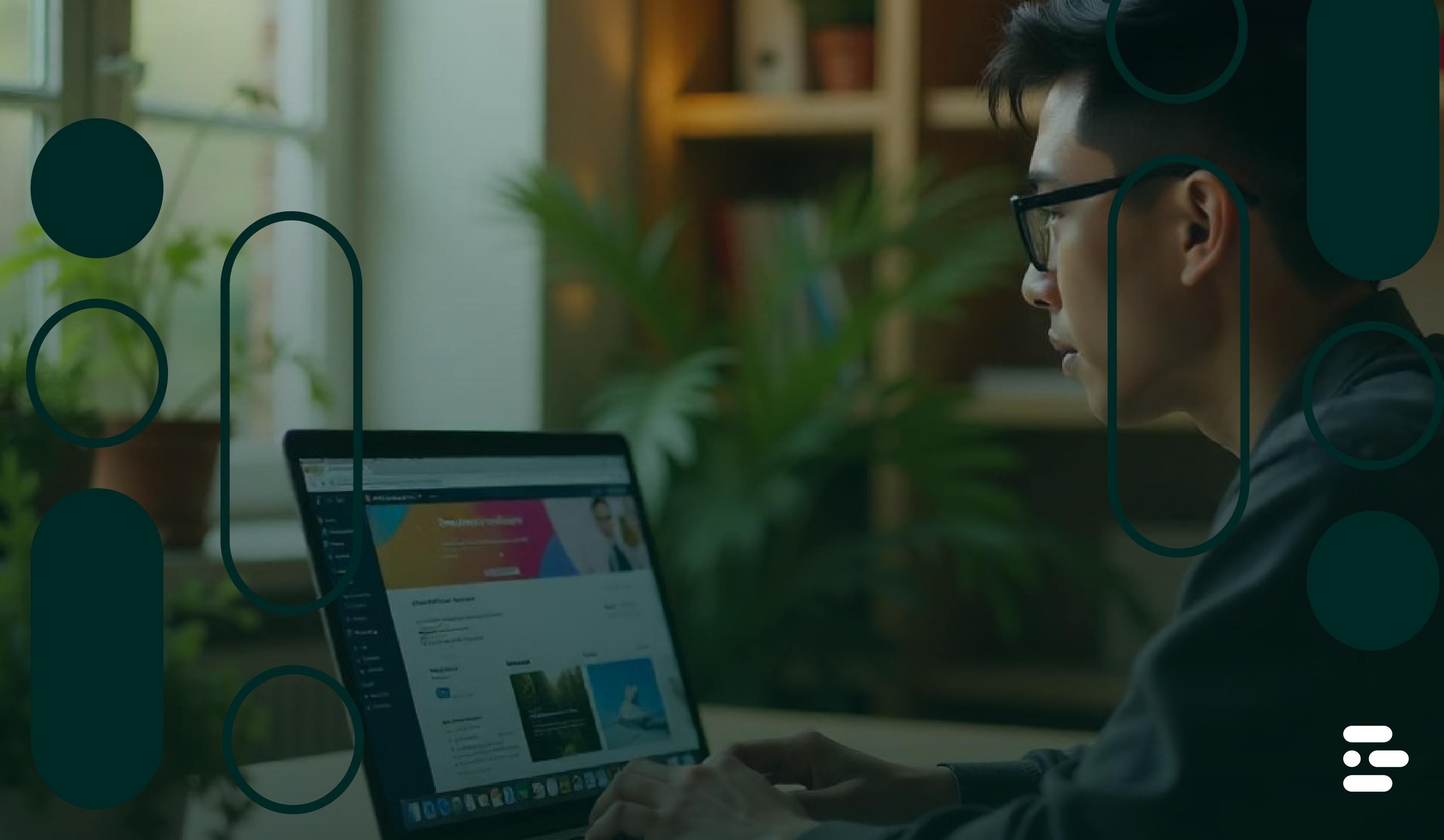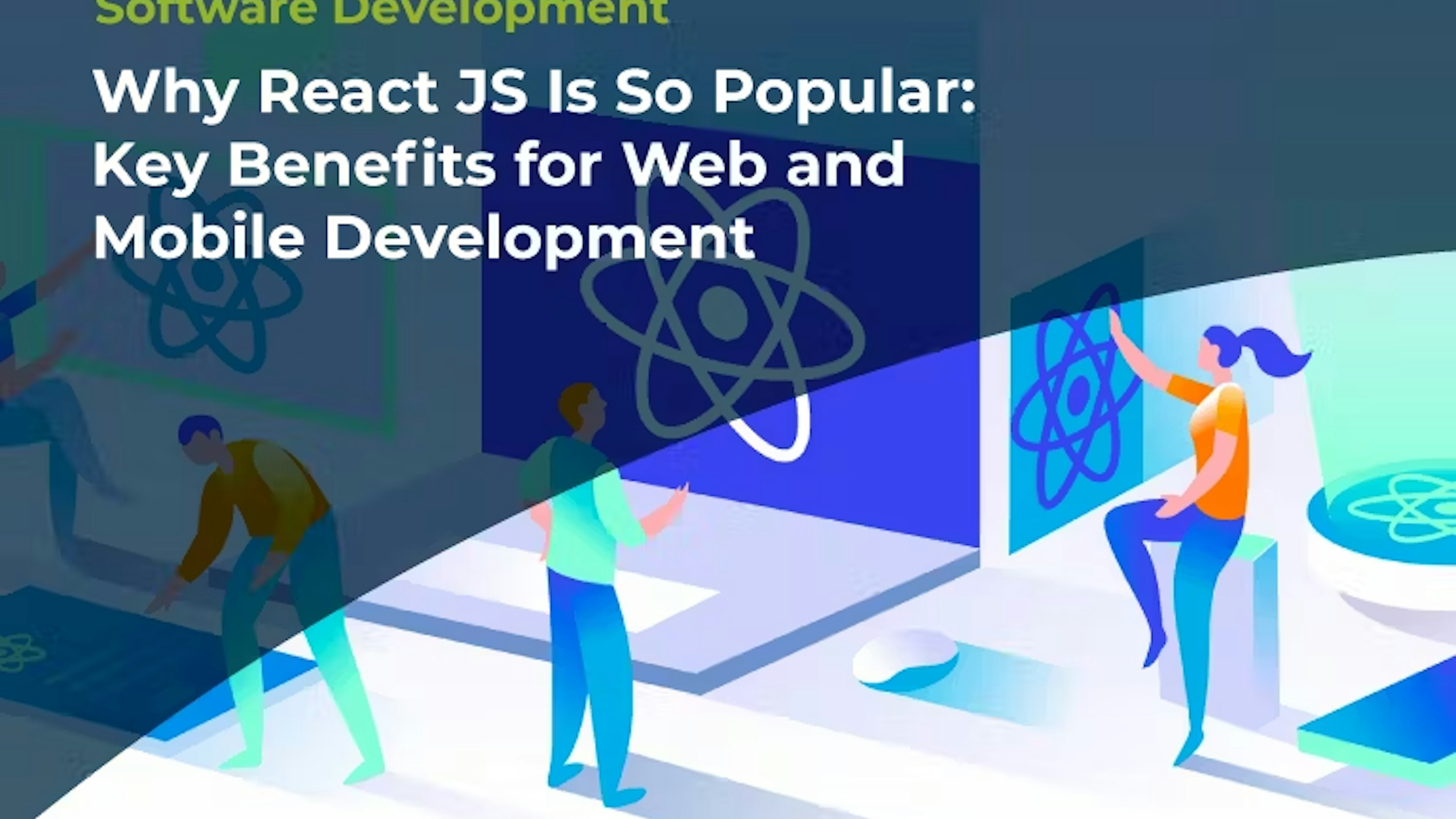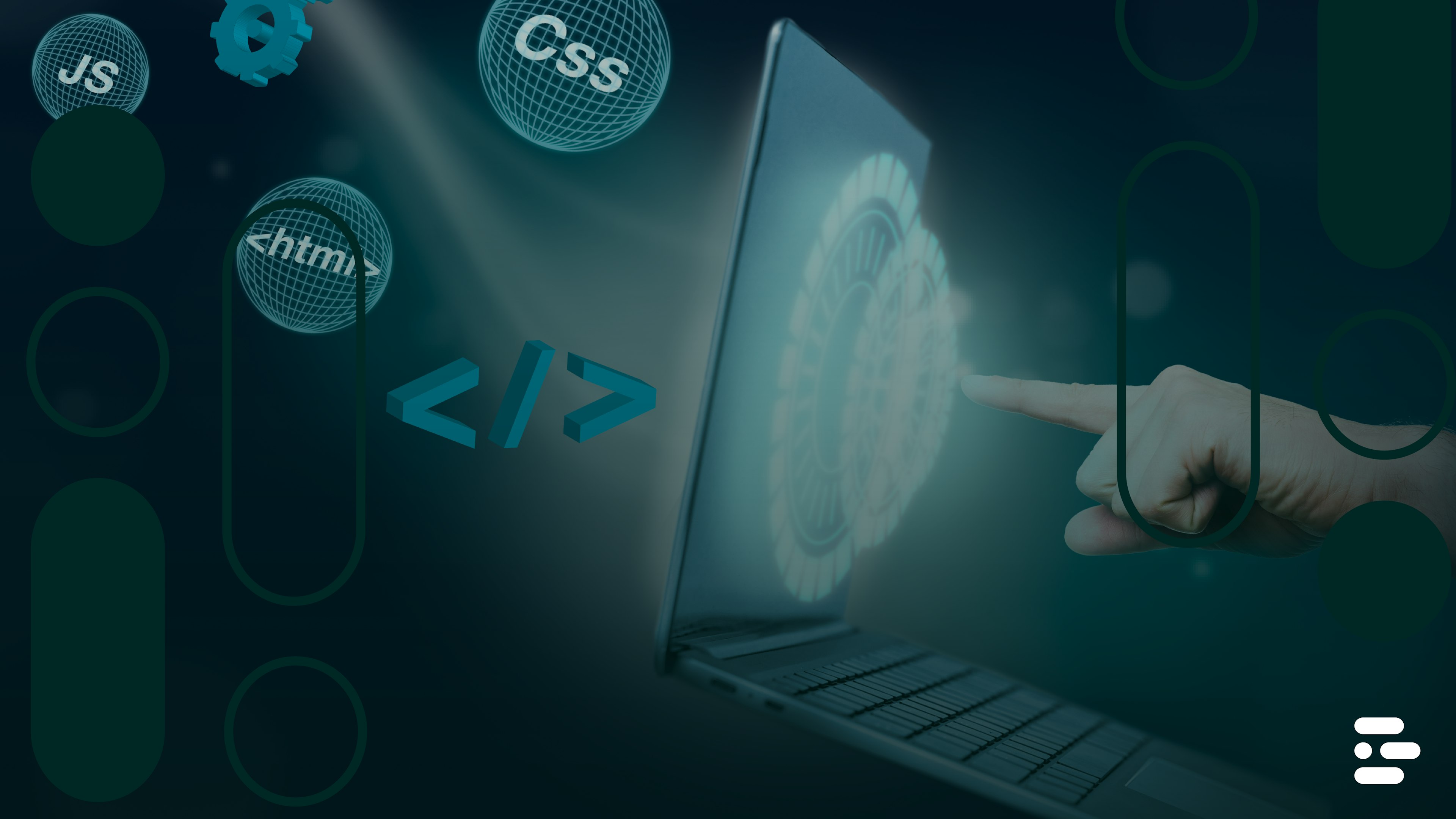Webflow 2024: Game-Changing Features and AI Innovations for Effortless Web Design


Attending the Webflow Conference this year was an eye-opener to just how powerful and versatile Webflow is as a platform. They’ve really taken the idea of empowering users—whether you’re a professional developer or someone without any coding experience—and turned it into reality. Their mission is clear: anyone can build stunning, functional websites with ease, and after the conference, I’m convinced they’re succeeding.
One of the most impressive facts Webflow shared is that their platform sees 40,000 updates to webpages daily. That number is staggering and speaks to how widely adopted the platform has become. These updates are not just for new features, but also bug fixes, many of which are reported by users. This constant iteration reassures us that Webflow is always evolving, prioritizing stability and customer experience.
Ownership and Security: Your Data Is Yours
A key point that stood out was Webflow’s commitment to data ownership. They emphasized that all the data users input into the platform remains theirs. This is an important assurance, especially in today’s world where data privacy is a significant concern. Knowing that your content and data stay in your control within Webflow’s system is a major plus.
Collaboration in Real-Time
One of the most exciting updates they revealed is Webflow’s future as a collaborative tool. Soon, multiple people will be able to work on the same project, in real-time, just like Google Docs. Imagine your designer and developer working side by side on the same website without stepping on each other’s toes. This update could drastically streamline team workflows, making Webflow an even more attractive choice for agencies and businesses with distributed teams.
Introducing the Design System
Another upcoming feature that could transform how teams work together is the Design System. This feature will allow users to save and share variables—things like colors, fonts, and styles—across teams. Whether it’s the design team or the development team, everyone will have access to the same set of variables, ensuring consistency throughout the project. This is a game-changer for maintaining brand coherence and speeding up the design process.
The Design System also teased a beta tool that allows users to generate page components in different orientations. Whether it’s a vertically oriented homepage or a horizontally oriented feature page, Webflow is making it even easier to build unique, dynamic layouts quickly.
CMS APIs: Streamlined Data Management
For businesses that handle a lot of data, Webflow is introducing CMS APIs, a new way to manage personal information and content without manual uploads. This feature will allow teams to manage data dynamically via API requests. However, it’s important to note that this feature may require a team of engineers to implement, which could add to the cost. Still, for those who need to manage vast amounts of data, the ease of use and efficiency offered by the CMS APIs could be well worth the investment.
Analyze Tool: Understanding User Behavior
One of the new tools announced was the Analyze Tool, which helps users gain insights into how people are interacting with their websites. The tool tracks metrics like time spent on the platform, clicks, and various interactions. With this data, users can optimize their sites for better performance and user engagement. If you’re serious about user experience and site efficiency, this tool could provide invaluable insights.
AI-Powered Features: The Future of Web Design
The integration of AI into Webflow’s platform was one of the conference’s most talked-about announcements. They showcased several AI-powered features that are currently in beta, and they could revolutionize how we build websites:
- Component generation: With just a few prompts, AI can help generate website components, saving hours of design and coding time.
- Image generation: Thanks to a partnership with Adobe Express, Webflow users will soon be able to create high-quality images for their sites without leaving the platform.
- Text and title generation: Need some quick copy? Webflow’s AI can now help generate text and headlines, which can be a lifesaver when you’re stuck in a creative rut.
- Full page generation: Perhaps the most mind-blowing feature is the ability to generate entire web pages using AI. This opens up endless possibilities for rapid prototyping and experimentation.
Final Thoughts
The Webflow Conference left me excited for the future of web design. Webflow continues to innovate, making their platform more accessible, collaborative, and powerful. Whether you’re part of a team or a solo creator, the new features and updates they announced promise to make web development faster, easier, and more intuitive than ever before.
If you’re not already using Webflow, now is the perfect time to dive in and see how it can help you bring your web projects to life with less friction and more creativity.
Subscribe to our newsletter
Stay informed with the latest insights and trends in the industry
You may also like


